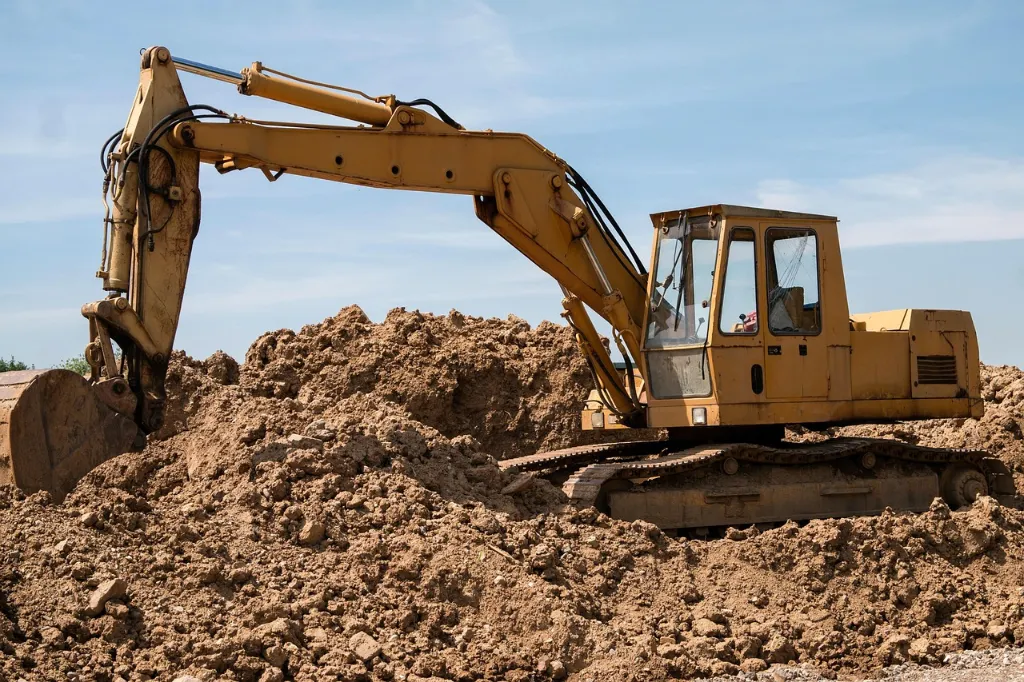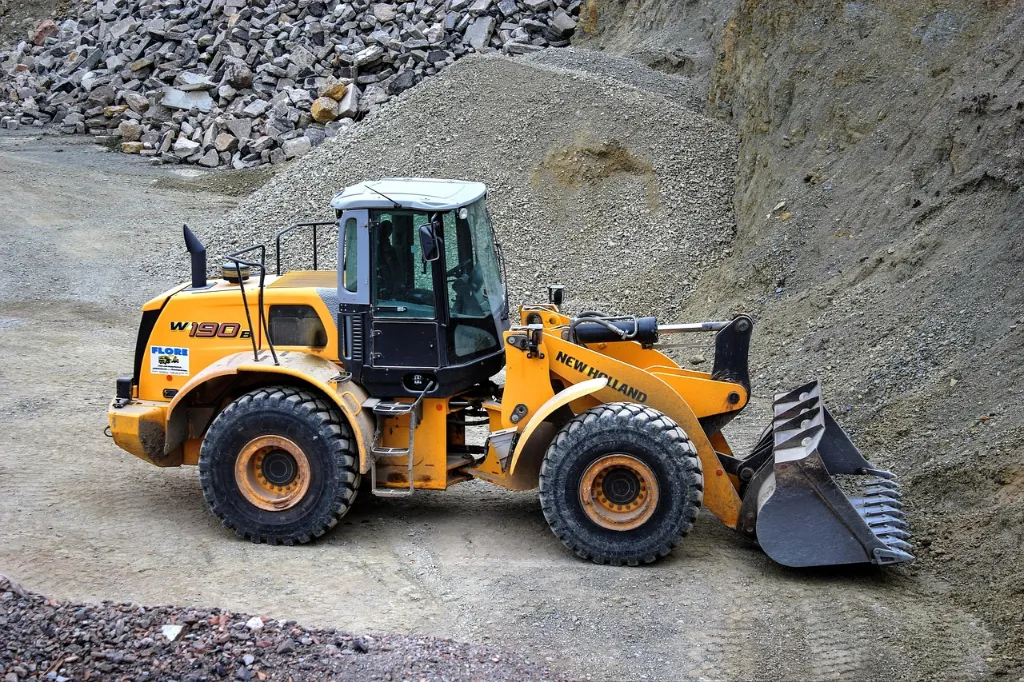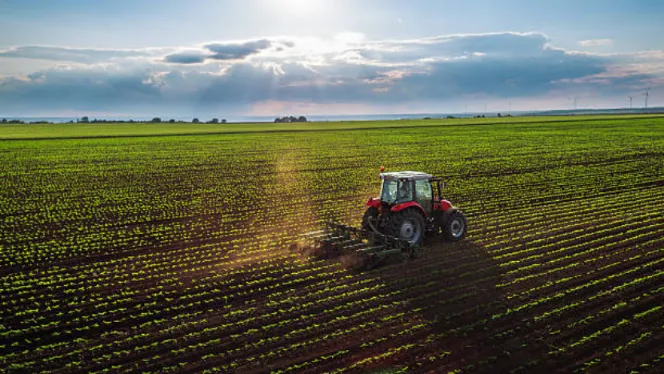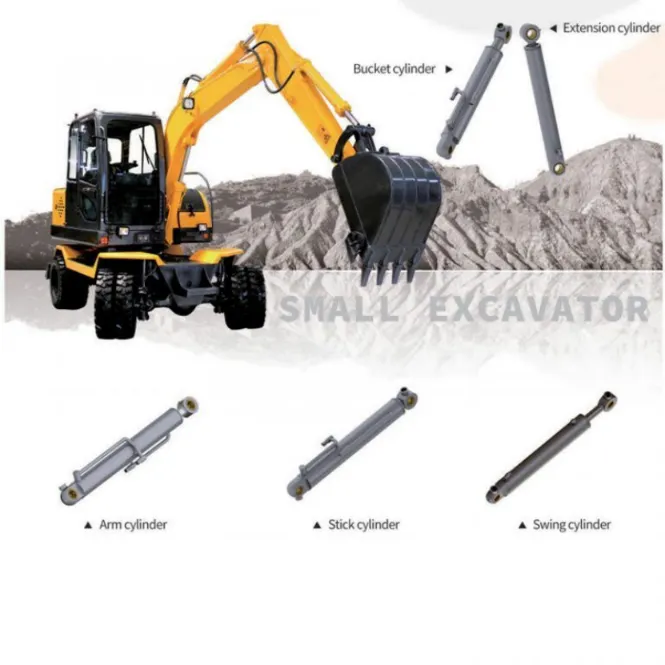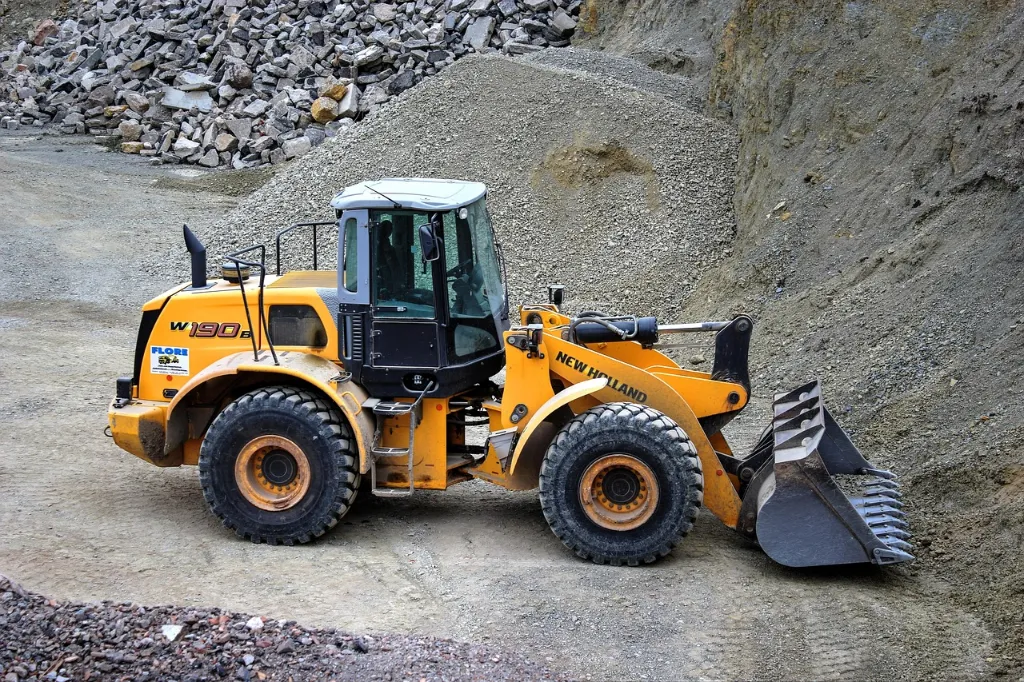
Introduction
Importance of Sealing in Hydraulic Cylinders
Hydraulic cylinders convert fluid power into linear motion. They rely on tight seals to keep pressurized oil inside and contaminants out. Good sealing ensures the piston and rod move smoothly without losing force. Think about it in construction equipment or farm tractors; seals make everything work right. Without them, the whole system fails fast.
How Leaks Affect Performance, Safety, and Maintenance Costs
Leaks drop pressure, so machines lose power and precision. Safety risks rise with slipping loads or sudden failures. Plus, fixing leaks means downtime and higher bills for parts and labor. It’s a chain reaction. Regular checks catch issues early, but bad seals jack up costs over time.
Common Causes of Hydraulic Cylinder Leaks
Wear and Tear of Seals Over Time
Seals break down from constant use. Friction rubs them thin, especially in heavy duty spots like manufacturing presses. Over months or years, they harden or crack. It’s normal, but ignoring it leads to big problems. Hydraulic cylinders are durable if maintained, but seals need swapping out eventually.
Rod Misalignment and Surface Damage
If the rod bends or scratches, seals can’t hold tight. Happens from rough handling or bad installation. Even small dents let fluid escape. In marine steering systems, this misalignment causes headaches. Keep rods straight to avoid it.
High Pressure and Temperature Effects
Extreme pressure squeezes seals too hard, while heat makes materials swell or degrade. Oil gets thin and leaks easier. In automotive lifts, this combo is brutal. Cylinders handle high forces, but push limits and seals give way.
Contaminants and Environmental Factors
Dirt, water, or chemicals sneak in and chew up seals. Dusty construction sites are prime spots for this. Wiper seals help, but not always enough. Environmental stuff like salt in marine apps speeds corrosion. Clean fluid is key; contaminated oil shortens life quick.
Sometimes folks forget how seals tie into overall cylinder quality. Picking a manufacturer with strong testing cuts these risks.
Types of Hydraulic Cylinder Seals
Rod Seals and Piston Seals: Differences and Applications
Rod seals stop leaks where the rod extends. They handle dynamic motion and keep pressure in. Piston seals sit inside, sealing the barrel from the piston. Rod ones are for the moving part; piston for the divider. In excavators, rod seals take the abuse from dirt, while piston seals manage the force.
Wiper Seals: Preventing Dirt and Debris Entry
Wiper seals scrape off junk from the rod as it retracts. They block dust and water. Essential in agriculture where mud flies everywhere. Without wipers, contaminants grind down other seals fast. It’s a simple add on with big payoff.
Static vs Dynamic Seals: Performance Considerations
Static seals don’t move; they seal joints like caps. Dynamic ones slide with the rod or piston. Dynamics wear quicker but handle motion. Statics are reliable for fixed spots. Choose based on the job, dynamics for action, statics for stability.
Seal Material Options
Polyurethane is tough against abrasion, good for rough environments. NBR handles oil well but not extreme heat. PTFE slides smooth with low friction. FKM resists chemicals and high temps. Match material to the app; like FKM in chemical plants. Versatility matters here.
Hydraulic cylinders shine in versatility, available in many configs for linear force needs.
Advanced Sealing Technologies
Multi Lip Seals for Enhanced Leak Prevention
Multi lip seals add extra barriers. Each lip catches what the last misses. Great for high pressure spots. They reduce leaks in injection molding machines. More lips mean better hold, but watch for added friction.
Low Friction and Self Lubricating Seals
These seals cut drag with special coatings. Self lubing ones release oil as needed. Smooth operation without jerks. In robotics, this precision is gold. Less wear too, so cylinders last longer.
Wear Resistant Coatings and Surface Treatments
Coatings like chrome or nitride harden surfaces. They fight scratches and corrosion. Treat rods this way for longevity. In heavy use, like cranes, treated parts hold up better. It’s an upgrade worth the cost.
Double Acting and Redundant Sealing Systems
Double acting seals work both ways, push and pull. Redundant means backups if one fails. Safety net for critical apps. In ships’ deck machinery, redundancy prevents disasters. Systems like this boost reliability.
Efficiency in hydraulic systems minimizes energy loss, making these techs even better.
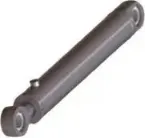
Design and Installation Best Practices
Correct Seal Selection for Pressure and Temperature
Pick seals rated for the system’s max pressure and heat. Check specs first. Wrong choice leads to early failure. It’s about fitting the environment.
Precision Installation to Avoid Misalignment
Install with care; use tools to align rods perfect. Twists or bends ruin seals quick. In assembly lines, precision cuts downtime. Double check everything.
Cylinder Surface Finish Requirements for Optimal Seal Life
Smooth surfaces let seals glide easy. Rough finishes tear them up. Aim for fine polish on rods and barrels. This extends life big time. Manufacturers with good processes nail this.
Regular Inspection and Preventive Maintenance Tips
Inspect often for leaks or wear. Change fluid regular to keep clean. Lubricate moving parts to cut friction. Seal swaps prevent major fixes. Good maintenance keeps cylinders running smooth.
Look for manufacturers offering customization and solid after sales support. They help with installs and troubleshooting.
Innovations and Future Trends
Smart Seals with Condition Monitoring
Smart seals have sensors tracking wear and pressure. They alert before leaks start. Ties into apps for real time data. In manufacturing, this predicts failures. Tech’s evolving fast.
Advanced Polymer and Composite Seals
New polymers blend strength and flexibility. Composites resist extremes better. Lighter too, for efficiency. Future seals might self heal minor damage. Exciting stuff for tough industries.
Integration with Predictive Maintenance Systems
Link seals to AI for forecasts. Systems analyze data and suggest fixes. Reduces surprises. In agriculture, predictive tech saves harvest time. It’s the next big leap.
Shining Hydraulic’s Sealing Solutions in Heavy Machinery
Shining Hydraulic stands out as a manufacturer with proven track records in quality cylinders. They offer custom options for heavy machinery, like excavators and cranes. Their use advanced seals like NOK. Committed to testing, they ensure no leaks in harsh conditions. Plus, strong technical support helps with maintenance. Choosing them means reliable performance in construction or manufacturing.
Industry experience counts; long standing companies like this deliver expertise across apps.
Conclusion
Summary of Key Advanced Sealing Technologies
Multi lip, low friction, coatings, and redundant systems top the list. They tackle leaks head on. Smart seals and polymers push boundaries further.
How Proper Sealing Enhances Cylinder Performance and Longevity
Tight seals maintain force and precision. Less leaks mean smoother runs and fewer repairs. Cylinders last years with good sealing. It’s core to efficiency.
Final Thoughts on Preventing Hydraulic Cylinder Leaks
Focus on quality from the start. Regular care and right tech prevent most issues. Hydraulic cylinders power industries; solid seals keep them going strong. Don’t skimp here, it’s worth it.
FAQ
Q1: What are the most common signs of a hydraulic cylinder leak?
Look for oil puddles under the machine, drops in pressure, or sluggish movements. Noisy operations can signal issues too.
Q2: How often should seals in hydraulic cylinders be replaced?
It depends on use, but check every 6-12 months. Heavy duty apps might need swaps sooner. Follow manufacturer guidelines.
Q3: Can I use any seal material for high temperature applications?
No, stick to FKM or PTFE for heat. They hold up better than NBR. Match to your system’s specs.
Q4: Why choose a manufacturer like Shining Hydraulic for sealing solutions?
They provide custom, high quality options with robust testing. Their experience in heavy machinery ensures reliable, leak free performance.
Q5: What role do wiper seals play in preventing leaks?
They keep dirt out, protecting inner seals from damage. Essential in dusty or wet environments like construction sites.

